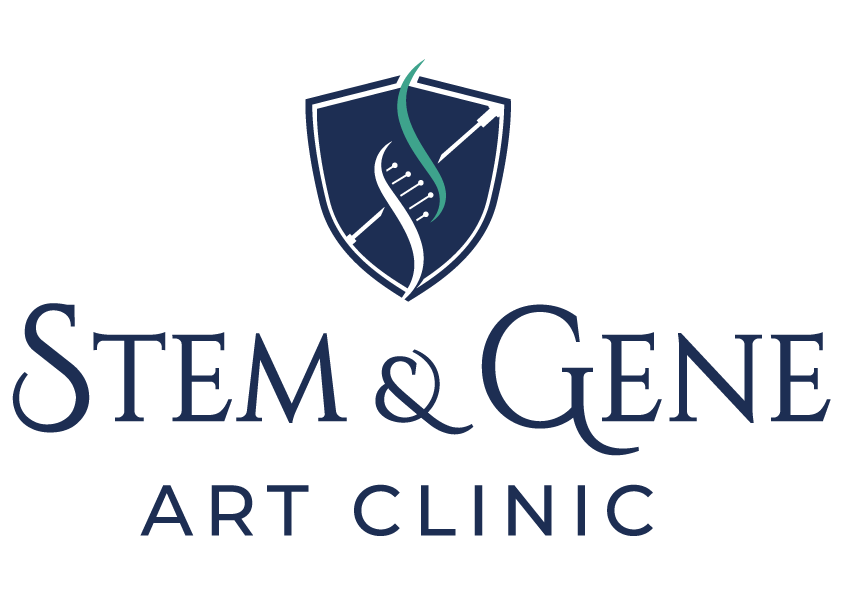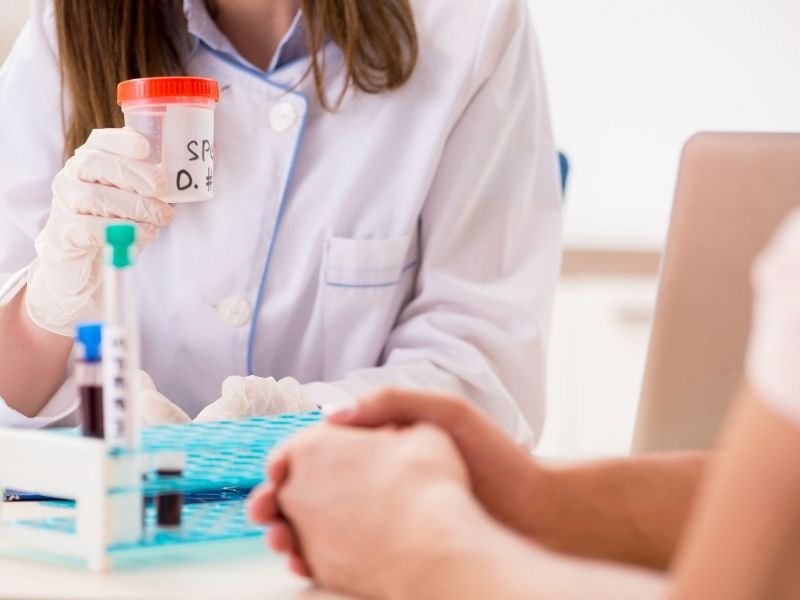IVF treatment typically spans several weeks to months, involving key stages like ovarian stimulation, egg retrieval, and embryo transfer. Understanding the timeline helps in setting realistic expectations and preparing for each phase. Discover how long IVF treatment lasts and what each step involves to effectively plan your journey towards pregnancy.
IVF Treatment Duration in General
IVF treatment typically spans a few weeks to a couple of months. The process begins with ovarian stimulation, which usually lasts 10 to 14 days. During this phase, medications are administered to stimulate the ovaries to produce multiple eggs. Following this, an egg retrieval procedure is performed to collect the eggs.
Once the eggs are retrieved, they are fertilized in the laboratory, and the embryos are monitored for several days. Typically, the embryo transfer takes place 3 to 5 days after fertilization. The final step involves a waiting period to see if the embryo successfully implants in the uterus, which can take about 2 weeks.
Overall, the complete IVF treatment cycle—from starting medications to the pregnancy test—generally lasts around 6 to 8 weeks. However, this timeframe can vary based on individual treatment plans and any additional procedures that may be required.
Duration of Ovarian Stimulation
Ovarian stimulation, a crucial phase in the IVF process, typically lasts between 10 to 14 days. During this period, patients take hormonal medications designed to stimulate the ovaries to produce multiple eggs. The primary goal is to ensure that several eggs mature simultaneously, increasing the chances of successful fertilization and implantation.
The stimulation phase begins on the first day of your menstrual cycle, with daily injections or oral medications prescribed by your fertility specialist. Regular monitoring through blood tests and ultrasounds helps track the development of the follicles, which contain the eggs.
The duration of ovarian stimulation may vary depending on individual responses to the medication and specific treatment protocols. Some women may require slightly more or less time to achieve optimal egg development. Once the follicles reach the desired size and number, an ovulation trigger shot is administered to prepare the eggs for retrieval.
Egg Collection Process
The egg collection process, also known as egg retrieval, is a pivotal step in IVF treatment. Typically occurring around 34 to 36 hours after administering the ovulation trigger shot, this procedure is designed to gather mature eggs from the ovaries for fertilization.
The process begins with the patient being sedated, usually under conscious sedation or light anesthesia, to ensure comfort and minimize discomfort. An ultrasound-guided needle is then carefully inserted through the vaginal wall into the ovaries. This needle is connected to a suction device that gently aspirates the eggs from the follicles.
The entire egg collection procedure usually takes about 20 to 30 minutes. After the eggs are retrieved, they are carefully examined and prepared for fertilization. While the procedure itself is relatively quick, patients may experience mild cramping or bloating afterward, which typically resolves within a few days.
Fertilization and Embryo Development Process
Following the egg retrieval, the fertilization and embryo development process is crucial in determining the success of an IVF cycle. Here’s how this stage unfolds:
- Fertilization: The retrieved eggs are combined with sperm in a laboratory setting. This can be done through traditional insemination, where sperm is added to the eggs and allowed to fertilize naturally, or through Intracytoplasmic Sperm Injection (ICSI), where a single sperm is directly injected into each egg. The choice of method depends on various factors, including sperm quality and previous fertilization issues.
- Embryo Culture: Once fertilization occurs, the resulting embryos are cultured in an incubator. This environment mimics the conditions of the fallopian tubes and uterus, providing the necessary nutrients and conditions for embryo growth. The embryos are monitored closely over several days, typically 3 to 5 days, to assess their development and viability.
- Embryo Assessment: The embryologist evaluates the embryos based on their appearance, cell division, and overall development. High-quality embryos are those that exhibit optimal growth patterns and development stages. This assessment helps in selecting the best embryos for transfer.
- Embryo Transfer: After the culture period, one or more healthy embryos are selected for transfer into the uterus. This is a relatively simple procedure that involves placing the embryos into the uterine cavity using a thin catheter. The number of embryos transferred depends on factors like the patient’s age and previous IVF attempts.
- Post-Transfer Care: After the embryo transfer, patients are usually advised to rest and follow specific guidelines to support embryo implantation. The success of implantation and subsequent pregnancy is assessed through a pregnancy test typically conducted two weeks after the transfer.
This intricate process of fertilization and embryo development is central to achieving a successful pregnancy through IVF. Each step is carefully monitored and managed to enhance the chances of a positive outcome.
Waiting Period and Pregnancy Test Results
After the embryo transfer, the waiting period—often referred to as the “two-week wait”—is a crucial time in the IVF process. Here’s what to expect during this period:
- Waiting Period: The two-week wait begins immediately after the embryo transfer. This is the time during which the embryos are expected to implant into the uterine lining and start developing. It’s a period filled with anticipation and uncertainty, as early pregnancy symptoms can be similar to side effects of fertility medications.
- Monitoring Symptoms: During this time, you may experience symptoms such as mild cramping, bloating, or breast tenderness. These symptoms are common and can be due to both the IVF process and potential early pregnancy. However, it’s important to remember that symptoms alone are not reliable indicators of pregnancy.
- Pregnancy Test: To confirm pregnancy, a blood test is typically scheduled around 10 to 14 days after the embryo transfer. This test measures the levels of human chorionic gonadotropin (hCG), a hormone produced during pregnancy. A positive result indicates that the embryo has successfully implanted and is developing.
- Follow-Up: If the blood test is positive, additional tests may be conducted to ensure the pregnancy is progressing well. An ultrasound may be scheduled a few weeks later to confirm the presence of a fetal heartbeat and assess the early stages of pregnancy.
- Negative Results: If the test result is negative, it can be disheartening. In such cases, your fertility specialist will discuss potential next steps, which may include evaluating the IVF cycle’s outcome, addressing any issues, and planning for future attempts if desired.
The waiting period and the subsequent pregnancy test results are significant milestones in the IVF journey. Patience and proper support during this time can help manage the emotional and physical aspects of the process.


